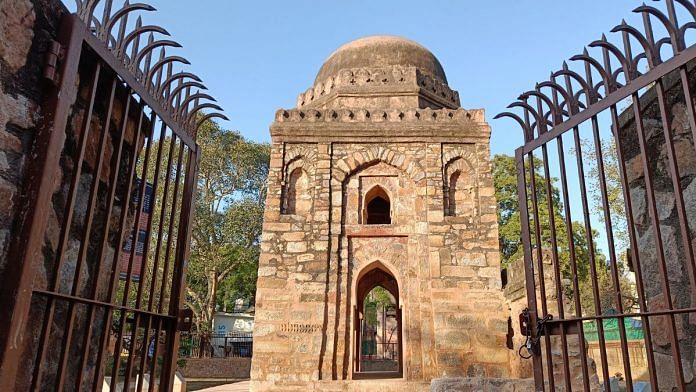New Delhi: In the thick of a bustling, noisy roundabout near Delhi’s Green Park, right next to a Mother Dairy outlet, college students laze around the Chhoti Gumti—a Lodi-era monument that gets its name for its low height and the relatively small eight square meters it occupies. The little-known domed structure rarely gets tourists, unlike Hauz Khas village, which is barely two kilometers away. But for residents, the Chhota Gumbad, as it’s often called, is a landmark. Groups of men play cards on the green patch it rests on, and in the evenings, children take up that space.
Since India’s Independence, the Chhoti Gumti has been protected by the Archaeological Survey of India (ASI) as a ‘monument of national importance’ (MNI), a prestigious list of 3,695 historically important heritage buildings. A dusty board at the monument announces that it’s part of the Ancient Monuments and Archaeological Sites and Remains Rules Act, 1958 (AMASR).
But now that list is up for spring cleaning or Mary Kondoing. And the humble Chhoti Gumti features in an ambitious report submitted to Prime Minister Narendra Modi in January. It calls for pruning the list down, adding more geographical diversity and decolonising it.
At the heart of this new endeavour is a debate on what constitutes ‘national importance.’ And the country’s preeminent custodian, ASI will have to de-notify some monuments and divide the list between the Centre and the states.
“I decided to visit the Chhoti Gumti and some of the other monuments in the area a few months ago during my last visit to Jagannath Mandir in Hauz Khas. We should preserve these places for future generations,” said Yuvraj Singh, a third-year history honours student from Hansraj College, who often visits ‘lesser known’ monuments that reflect Delhi’s layered history.
In its 61-page report titled ‘Monuments of National Importance-The Urgent Need for Rationalization,’ the Economic Advisory Council to the Prime Minister (PM-EAC) describes the protected monument’s list as unwieldy. It argues that there has been “almost no discussion” on whether the mentioned monuments are of national importance, or whether they deserved the tag.
“Scores of minor and insignificant monuments have been declared as MNI. Therefore, the current list requires immediate attention for drastic rationalization,” stated the report.
Within the ministry, there is a more overt reason for a re-haul.
“How can the monuments built by the British and Mughals who ruled us be of national importance?” asked a source in the culture ministry.
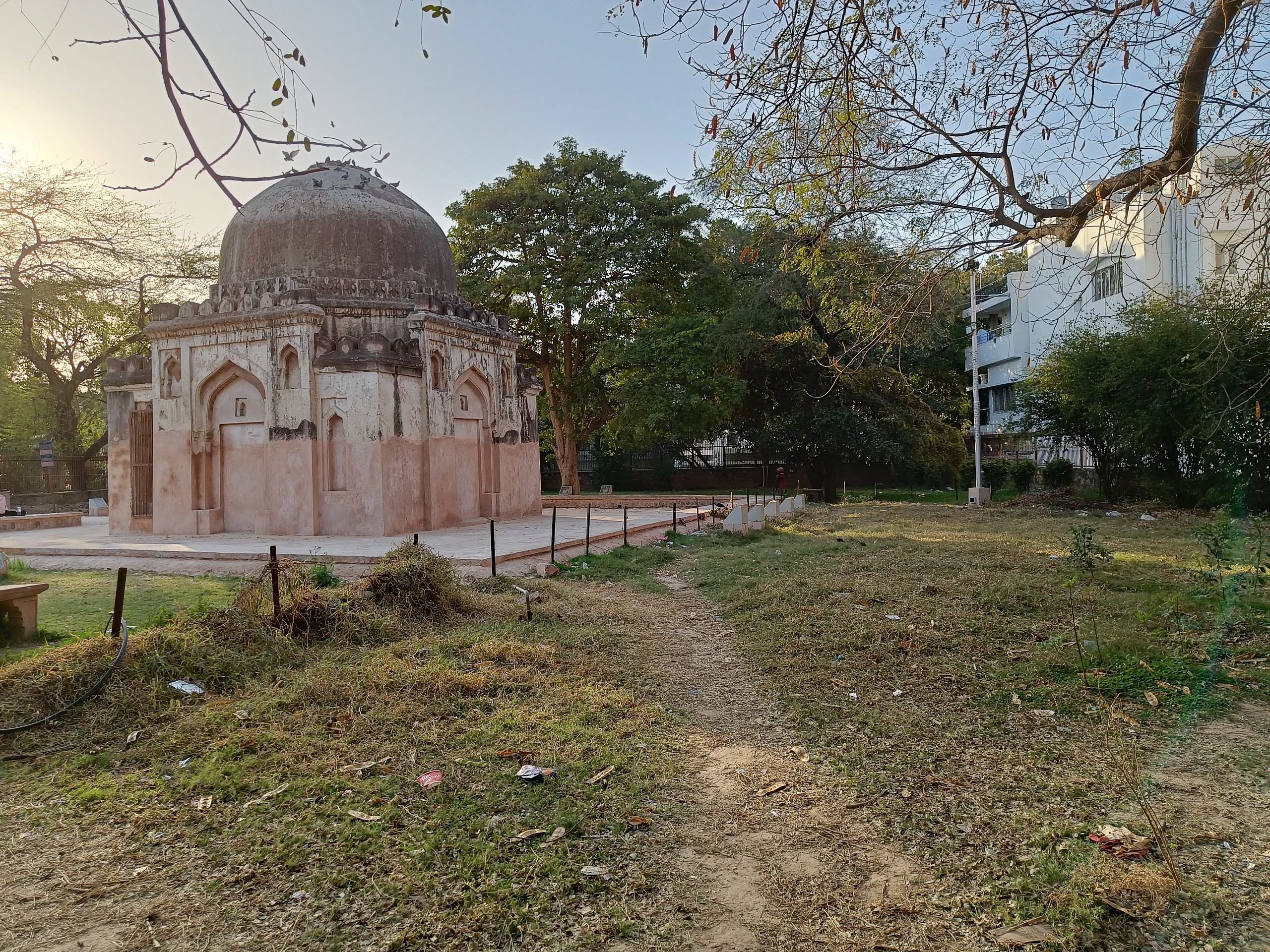
Also read: Bathinda Fort saw 1,600 years of Sultanate, Sikh history. ASI struggling to hold it together
Rationalising national importance
Weeks before the report was submitted, two public intellectuals in the Modi government, Sanjeev Sanyal and Bibek Debroy, wrote newspaper commentaries and injected the idea into public debate. The keyword in this debate is ‘rationalise’ the list.
In his article in the Hindustan Times, Sanyal wrote that a problem with the list is a large number of minor monuments with no national significance.
“We estimate that this applies to at least a quarter of the current list. The list, for instance, includes 75 graves of colonial-era soldiers or officials of no particular importance,” said Sanyal, who is a member of PM-EAC.
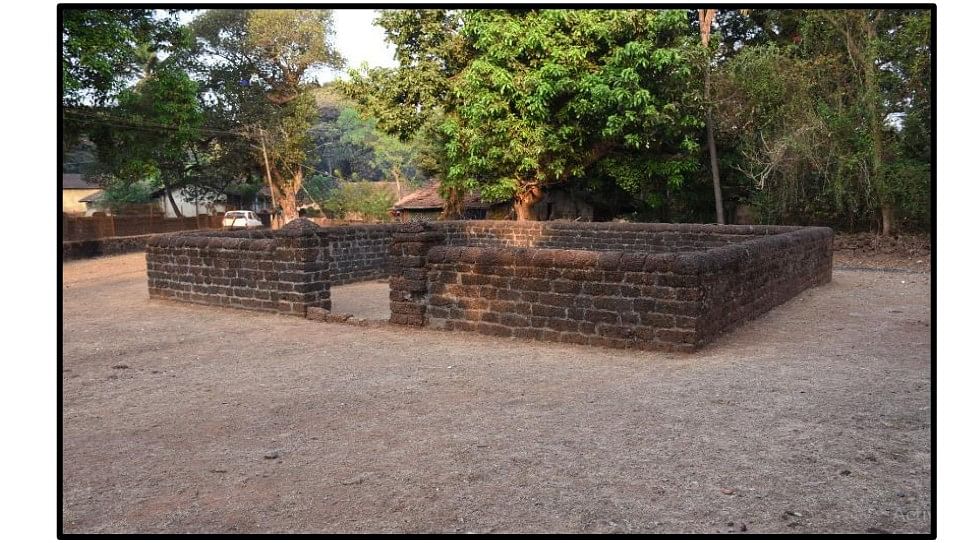
Against the backdrop of ASI ‘losing’ 24 monuments on the list, Bibek Debroy questioned the role of the body, especially after Independence.
In December last year, Rajya Sabha standing committee on transport, tourism and culture in its 324th report said 24 centrally protected monuments are untraceable. The parliamentary panel noted that the culture ministry has done little to follow up.
“Do we simply carry forward historical and arbitrary decisions? Shouldn’t we de-notify those for which there is no hope? Is the ASI equipped to protect national monuments, or does it hinder the process?” he wrote in The Indian Express.
ThePrint reached out to Sanyal and Bibek, but they chose not to comment on the issue. “Whatever I have to say is in the report,” said Sanyal.
The ASI formed a committee in January to discover the fate of the 24 missing monuments, but if they are not found, they will be de-notified through parliamentary proceedings. When that happens, it will be the first since 1978. After the AMASR Act came into force, around 170 monuments and sites were de-notified by ASI for two decades till 1978.
“Archaeological Survey of India starts the process of rationalising the list of 3,695 national monuments. As a first step, a panel will look into the issue of missing monuments and de-notify them,” said Sanyal in a February 2023 tweet.
Senior archaeologist KK Muhammed is in favour of rationalisation given that many “small” monuments are included in the list.
“No work has been done to remove them because it was a policy issue for which approval of Parliament has to be taken. Earlier people didn’t think about it,” Muhammed said.
But now they are. For some like the source in the Ministry of Culture, it’s about highlighting Indian history and not what the rulers and colonisers created. For others, the monuments are in the way of their march towards development.
“In Delhi, there are unknown tombs here, no one knows who built it. The people around it are troubled because they have to take permission from the National Monument Authority (NMA) before doing any construction,” said Vasant Swarnkar, archaeologist and spokesperson of ASI.
It’s playing out at the Chhoti Gumti, which stands next to Sakri or Badi Gumti. There was a court battle for years over a plot of land right next to it, which the landowner finally won. But he couldn’t develop it because of a 1992 notification that prohibited construction work within the 100-200 metre radius. So, while he owns the property, he can’t build a house.
“Those whose houses are within 300 metres are also not getting NOC. Not only is there a problem in building houses, but because of these monuments, many plots are lying vacant here,” said Lalit Kumar, Green Park’s RWA president.
“If it’s de-notified, not only will property value increase, but it will also be easier for people to build houses here,” he added.
Former archaeologists with the ASI support the move, arguing that rationalisation is the way forward. Many moveable antiquities such as canons, guns, and statues as well as inscriptions have been treated as MNI. But you can’t compare the Red Fort with an inscription.
“National importance should be decided on the basis of history, architecture value, archaeology, and culture. There are many graves in the existing list, which are not of national importance, so there is a need to revise the list and the council’s report is a welcome step,” said BR Mani, a former Additional Director General of ASI.
After an amendment to the AMSAR Act in 2010, the Ministry of Culture set up the National Monuments Authority. The body was tasked with protecting monuments and framing by-laws regarding construction activity around each of them, among other responsibilities.
However, in the past 11 years, it has framed by-laws for only 126 MNI, most of which are awaiting the ASI’s nod. By-laws of only seven monuments have been laid down in Parliament so far.
Though MNIs are spread across the country, there is a geographical imbalance. Over 60 per cent (2,238 out of 3,695) of such monuments are in just five states: Uttar Pradesh, Karnataka, Tamil Nadu, Madhya Pradesh, and Maharashtra. Delhi alone has 173 MNIs, while a state as large as Telangana has only eight.
Also read: Purana Qila is being dug up again. ASI wants to reach all the way to the Mahabharata era
How the debate started
For the most part, historians and archaeologists agree that the list must be rationalised, but not all agree with Sanjeev Sanyal’s justification when he raised it in his newspaper column. There are also calls for further discussion from multiple organisations and stakeholders. Many questioned the motive for this move.
“This matter is not one to be decided by the ASI or the government alone. Historic structures are not just reminders of events or individuals. They have become part of the landscape. They are a design challenge. Urban designers and architects have a responsibility to work for their city’s beauty- the original mandate of the Delhi Urban Art Commission,” said Narayani Gupta, a historian.
What got Gupta’s attention was a mention in the PM-EAC report that there were too many Kos Minars (Mile Pillars), medieval markers for each passing mile along the Grand Trunk Road. This, according to Gupta, implies that one or two can be kept as samples.
“By that logic, all categories of ‘monuments’ can be ‘rationalised’ to retaining one or two as exemplar. If you ignore them, our monuments will go the way of the Hall of Nations and the IGNCA,” Gupta warns. The Hall of Nations was the world’s first and largest-span space-frame structure within the Pragati Maidan that was inaugurated in 1972 by Prime Minister Indira Gandhi to commemorate 25 years of India’s Independence. But it was demolished in 2017, in what The New York Times called an “architectural analogue” to the shift in thought.
But KK Muhammed dismissed these concerns. “Kos Minars are near or in the middle of the road at many places. This is not of national importance,” he said. And it’s because of their presence that construction activity within the 100-metre zone is prohibited, he added.
He describes the ASI as a “wholly paralysed body.” Meanwhile, filmmaker and writer Sohail Hashmi, who holds heritage walks in Delhi is of the view that the ASI is not equipped to make such decisions.
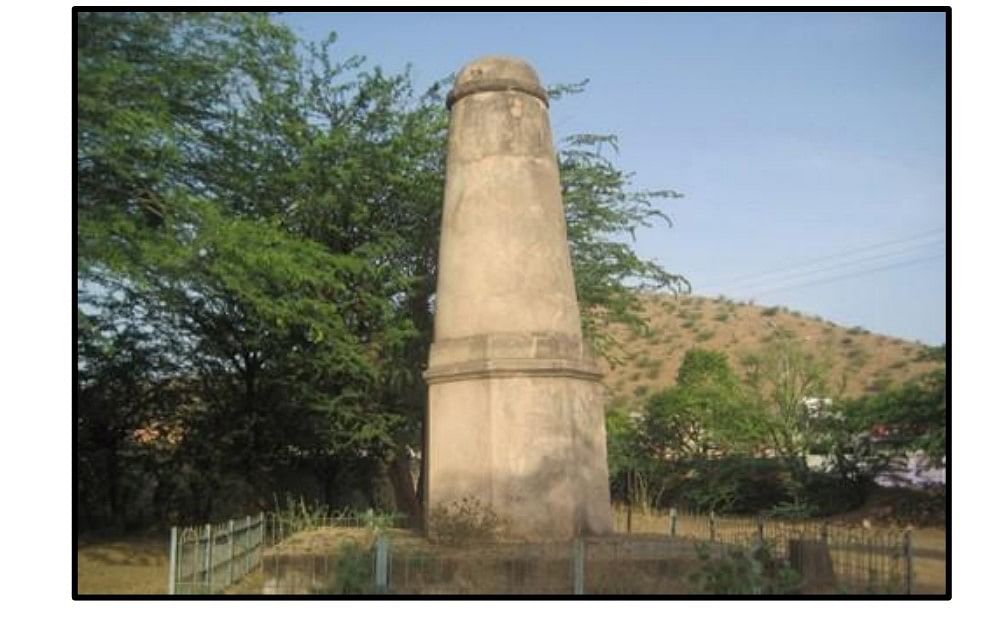
“For decades, ASI has been run by people who do not even know the parameters of archaeology,” said Hashmi. “The ASI has been running on the basis of parameters made by the British. But the irony is that even on that basis the monuments could not be protected.”
He cited an encroachment on land, within the prohibited zone around the protected monument of Khirki masjid in Delhi, where a temple has been built.
“These people [central government] want to distort history and saffronise everything. A nation cannot exist like this. If rationalisation is to be done, then there is a need to create a procedure in which recognised archaeologists, historians and experts should be involved,” said Hashmi. He interprets rationalisation to include more of the forgotten monuments. One might find those monuments named in the revised list.
“After 1947, the list of protected monuments should have been much bigger but surprisingly we did not do so,” said Swapna Liddle, a historian.
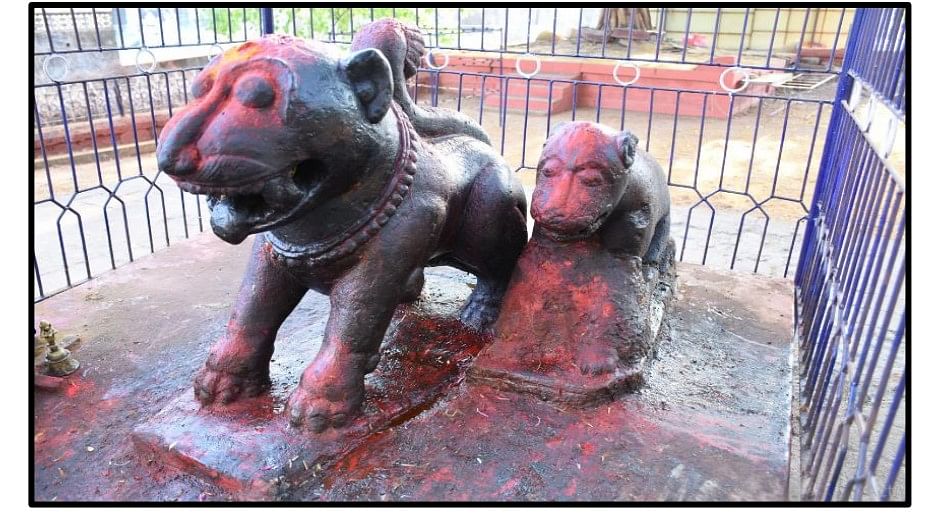
“An overwhelming majority of the present list of MNI were identified as such before 1947 under colonial-era laws. Surprisingly, no attempt was made to reconsider the list under the 1951 or 1958 Acts post-independence. Instead, 2584 monuments identified by the British were adopted in toto and they continue to represent around two-thirds of MNI today,” said the PM-EAC report.
Hashmi recalled that in 2014, there was a proposal to give heritage city status to Delhi. It had reached the last stage but was withdrawn by the Modi government.
The process of rationalisation is not going to be easy for ASI, which is short on personnel and funds. “The way heritage sites are being protected is worrying and pathetic. There is a huge shortage of people with the ASI in the states,” said Nagesh Dubey, a professor at the department of ancient Indian history, culture and archaeology at Dr Harisingh Gour University in Sagar, Madhya Pradesh.
In 2019-20, the government spent on the upkeep of 3,695 monuments, which is not enough. It’s something even the PM-EAC report highlights.
“There is an urgent need to exponentially increase the allocation of funds and it should be based on the importance of the monument and due assessment of conservation works required,” the report stated.
But that is unlikely until a consensus is reached on which monuments are to be protected.
“Let us stop this ‘ours’ and ‘theirs’ argument. A few decades from now, we’ll have destroyed all visible remains of our past,” said Gupta.
Also read: ‘Leave rewriting history to historians’ – says Swapna Liddle at her book launch
Crumbling walls of history
Many historians fear that once de-notified, cemeteries, tombs and lesser-known structures will join the ranks of Delhi’s neglected and forgotten monuments. The first home of Hindu College, Colonel James Skinner’s house in Kashmiri Gate, is in shambles. The word ‘abandoned’ is neatly stencilled on its crumbling brown wall with no irony.
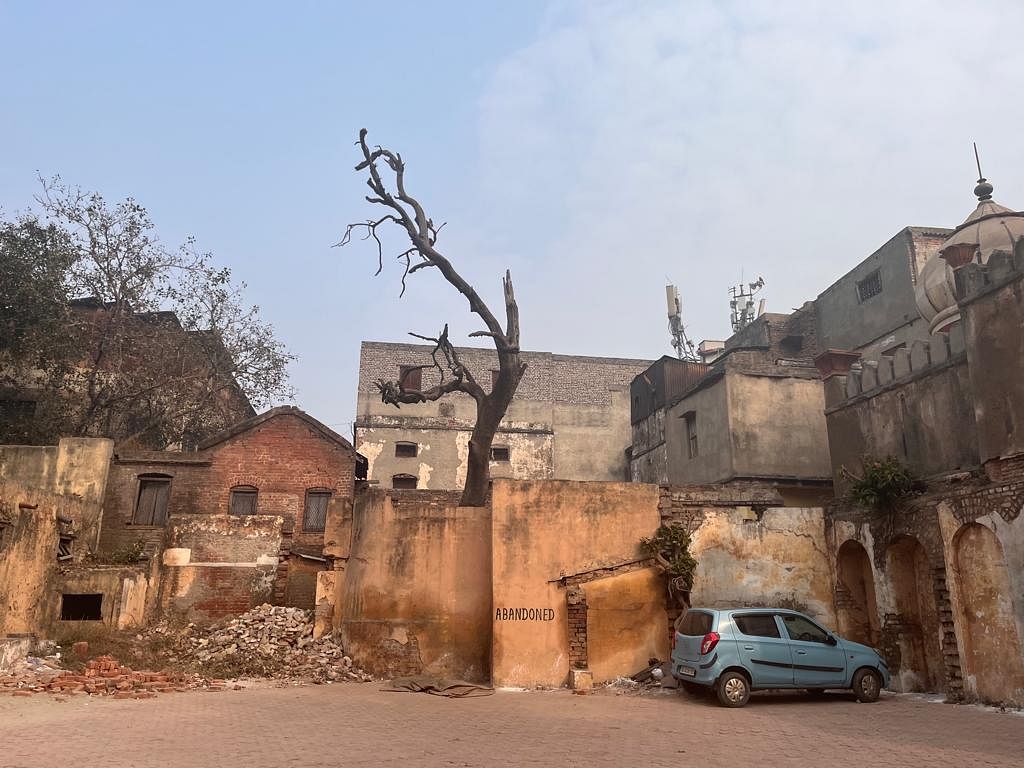
The PM-EAC report doesn’t consider it to be significant. “Looking at the image and description of Chhoti Gumti, it is fair to conclude that the structure does not have sufficient architectural significance to be of national importance,” stated the report.
But by ignoring the smaller slivers of history, it’s possible to skip bigger events. BR Mani cited an example of a British captain’s grave in a field in the Basti district of Uttar Pradesh. When it was traced, it was discovered that the freedom struggle was fought there. “That’s why sometimes small graves also become historically important. That’s why it is necessary that the list should be made keeping in mind all the things,” he said.
Mani is of the opinion that Mughal and Sultanate-era monuments near Lodhi Road are no longer of national importance. “Take the tomb of Razia Sultan near Turkman Gate in Delhi. Big houses have been built all around it. It is also kept in the list of Protected Monuments. It has no historical significance. It should be put in the state list,” he said.
But it goes back to the question of who decides what’s important.
In a narrow street in Mehrauli, abutting the dargah of Sufi Saint Khwaja Bakhtiar Kaki in a marble enclosure, lies an empty and unmarked grave of the last Mughal emperor, Bahadur Shah Zafar. He wanted to be buried next to his predecessors, but instead, he died in exile in Yangon, Myanmar.
“This history is the history of the country; it is the history of all of us. These places should also be taken care of,” said Swapna Liddle.
(Edited by Ratan Priya)


